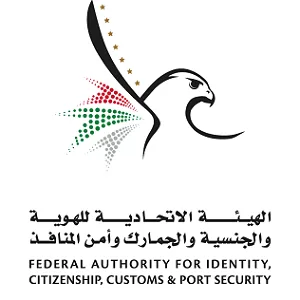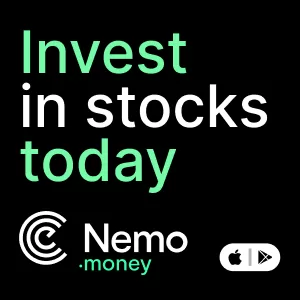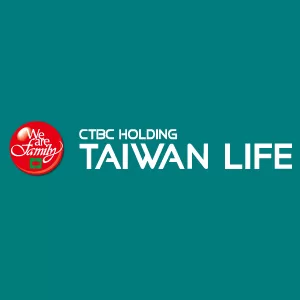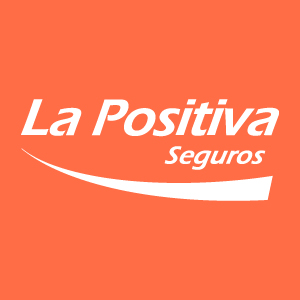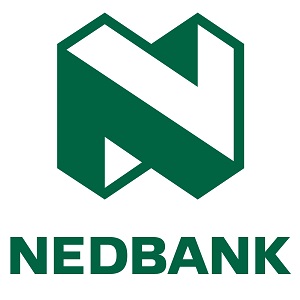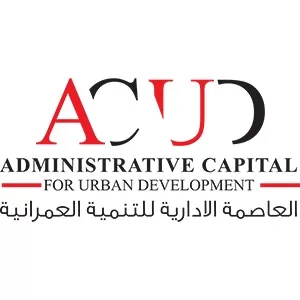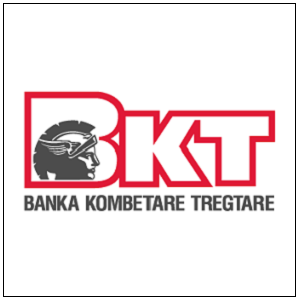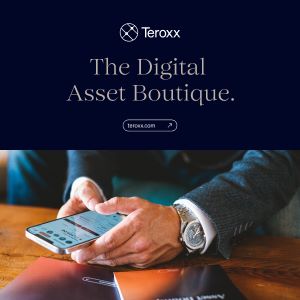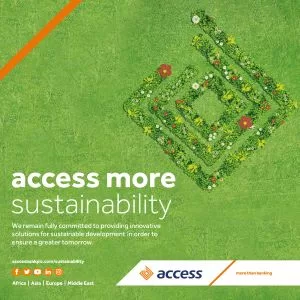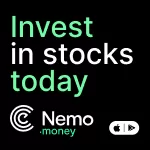Finance
Navigating Transformation and Innovation with Teroxx

In part one of this two-part outlook series, we explored the macro forces reshaping the investment landscape. From the acceleration of AI adoption and the energy transition to the rise of digital assets, investors are facing a historic structural transformation: one that transcends familiar patterns of economic expansion and contraction. This unpredictable macro lens is pushing them to look beyond conventional asset class buckets and consider thematic investment strategies. What’s more, it is undeniable that bitcoin and other digital assets are no longer fringe—they’re becoming core components of modern, diversified portfolios.
Now, in part two, we drill down into the digital asset and blockchain ecosystem. From Bitcoin ETF approvals to global regulatory progress, the events here are as seismic as those occurring in the broader global economy. Understanding them can help investors approach their choices with confidence.
Bitcoin ETFs Driving Institutional Recognition of Crypto
Among the biggest headlines of recent years is the launch of bitcoin exchange-traded funds (ETFs), most notably in the U.S., in January 2024, after years of back and forth with regulators. These ETFs, which directly hold Bitcoin as their underlying asset, make it easier for traditional investors and institutions to gain exposure without needing to manage wallets directly. For institutional investors and family offices looking to buy into the market, boutique service providers like Teroxx offer flexible payment processing and comprehensive support to further lighten the administrative load.
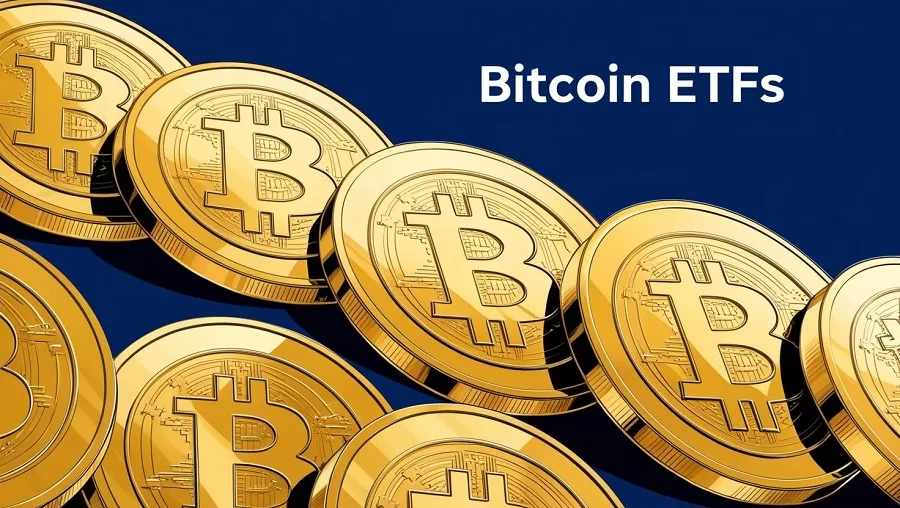
The impact of Bitcoin ETFs cannot be overstated. Flows into Bitcoin funds have pushed prices higher and added new layers of legitimacy to Bitcoin in the eyes of pension fund managers, hedge fund managers, and corporations. For individual crypto traders, this institutional capital brings stability, liquidity, and a push toward better infrastructure.
MiCA and The Global Race for Crypto Regulation
The regulatory landscape is maturing—finally—in a direction that fosters investor trust rather than prompting caution. The European Union’s MiCA (Markets in Crypto-Assets) Regulation, which became effective in December 2024, defines clear, uniform rules for issuers of crypto assets, wallet providers, and exchanges across the Union. And while
The global state of affairs are more varied, other jurisdictions are taking note. In the U.S., recent actions by the Securities and Exchange Commission (SEC) and Commodity Futures Trading Commission (CTFC) indicate a shift toward clearer rules rather than enforcement by litigation, albeit that turf wars remain to be worked out between the two.
For Teroxx, an early holder of crypto authorisations in European fintech hub Lithuania, this emphasis on user protection and market integrity is nothing new. As Teroxx nears completion of the MiCA licensing process, it will look to position itself as a leading provider of secure, regulated solutions for the integration of crypto assets into institutional portfolios.
Advancing Tokenisation as a Transformational Factor
As prices evolve and policy is written, the technological frontier of crypto is also expanding rapidly. Among the most disruptive forces is the advancement of tokenisation: the process of representing real-world assets like real estate, bonds, gold and even fine art on the blockchain. Tokenisation unlocks fractional ownership, instant settlement, and global liquidity. For crypto investors, it blurs the lines between traditional finance and decentralised finance in a hugely exciting way: imagine, for example, a wallet where tokenised real estate shares sit neatly alongside yield-generating stablecoins and blue-chip non-fungible tokens (NFTs). This world is not too far away!
What’s Coming in 2025?
Crypto ETFs have been and continue to be a ‘main event’, with available investment products evolving fast. Beyond Bitcoin ETFs, Ethereum ETFs, Solana funds, and diverse digital asset index products are hitting mainstream platforms, offering more ways for investors to diversify based on their convictions. Alongside this, stablecoins—crypto assets whose value is pegged to an external reference asset, like fiat currency—continue to gain traction as foundational building blocks of decentralised finance.
More broadly, DeFi itself is maturing. While older protocols were centred on speculative yield farming, newer protocols eschew this in favour of genuine utility: real-world lending, credit markets, insurance, and integrations with banks. Teroxx Pay is a prime example. As well as providing fast, secure payments and transactions for institutions and businesses, Teroxx Pay offers a Visa payment card directly integrated into the Teroxx App, allowing digital assets to be bridged effortlessly with real-world, everyday transactions.
A Story of Growth
The growth story for crypto remains cautiously optimistic for the remainder of the year. Market participants expect continued growth driven by institutional adoption and broader macro interest in alternative assets. Moreover, as tokenisation becomes more mainstream and advanced, the total addressable market for blockchain technology shows potential for almost limitless expansion.
At the same time, risks remain. Geopolitical volatility, macroeconomic uncertainty, and regulatory fragmentation will continue to pose challenges for investors. Crypto-native service providers like Teroxx will address these challenges head-on with sophisticated risk management tools, education, commitment to MiCA compliance, and a solid understanding of regulatory risks across jurisdictions.
The convergence of technology, policy and institutional interest has heralded a new phase for crypto investing: one that is mature, globally interconnected, and increasingly impossible for traditional finance to ignore. Pension funds and asset managers now view crypto and blockchain not merely as niche, speculative assets but as essential pillars of a diversified investment portfolio. With this transition from fleeting hype cycles to long-term institutional integration, 2025 is the year that digital assets will truly step into the mainstream.










